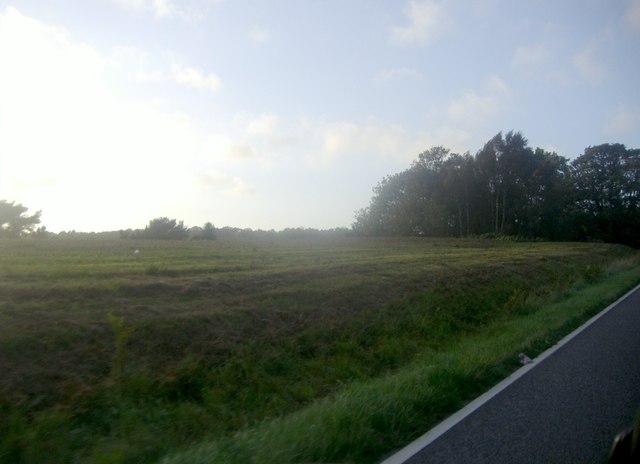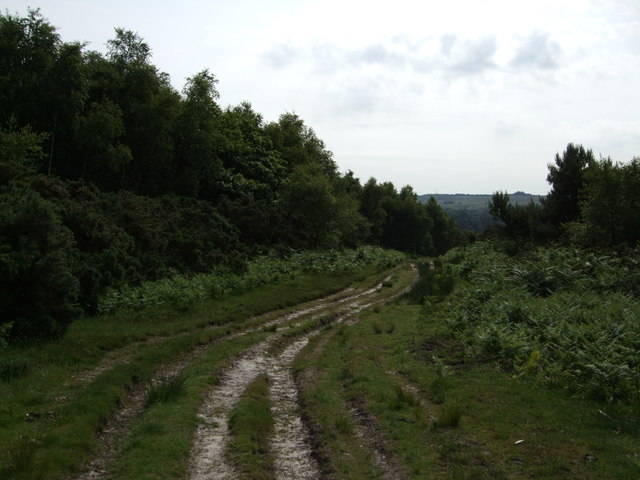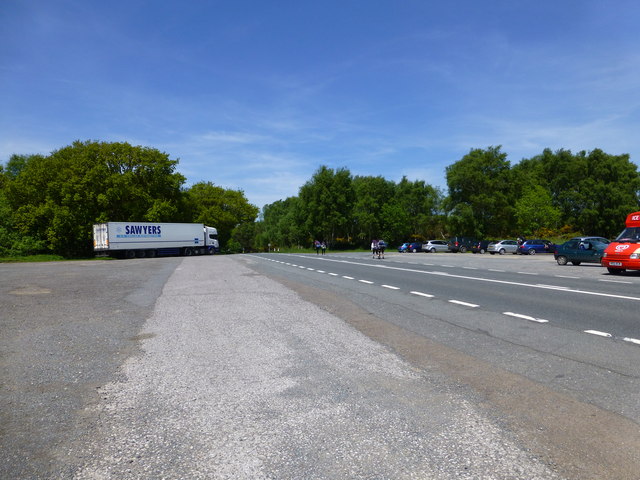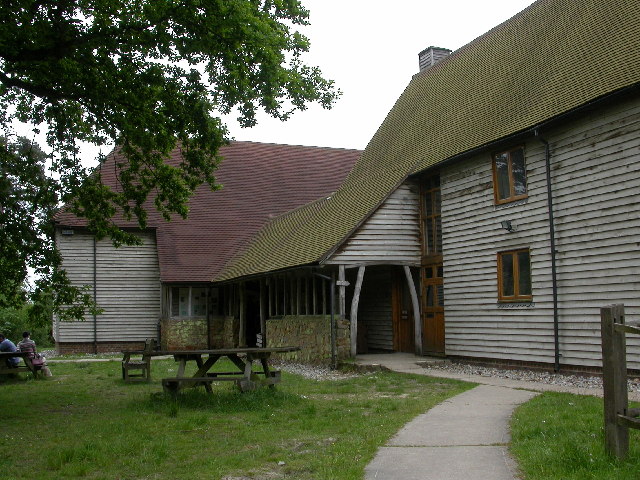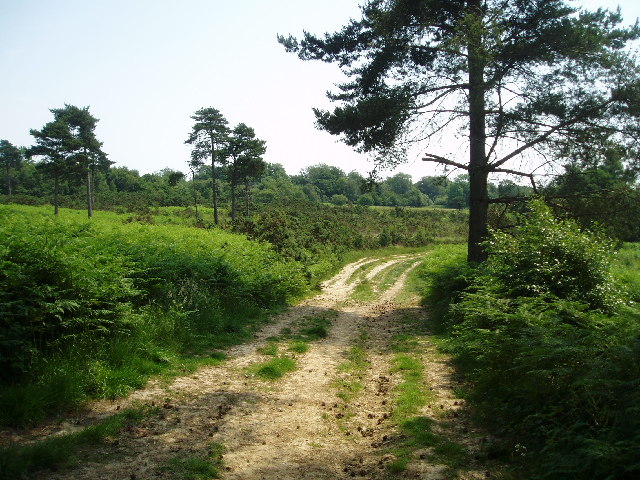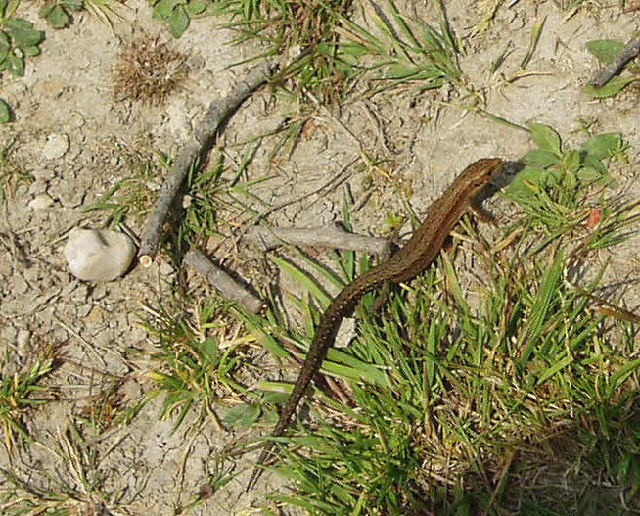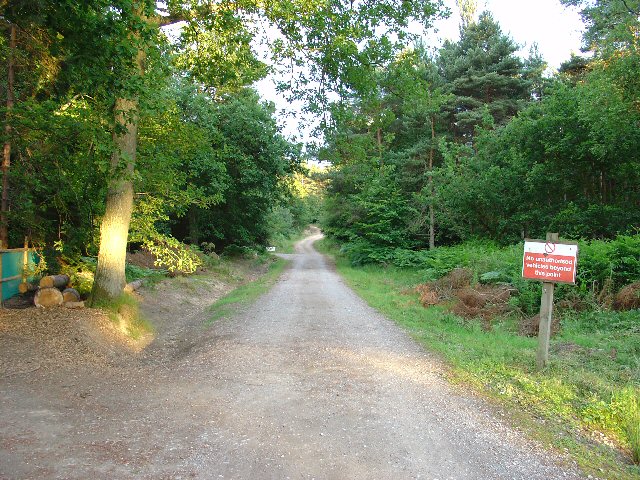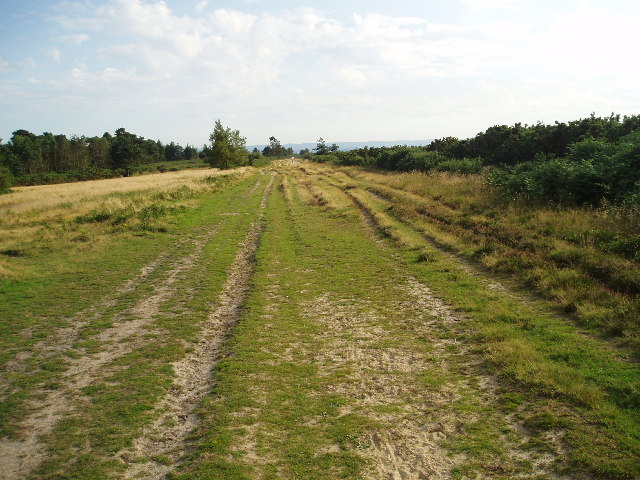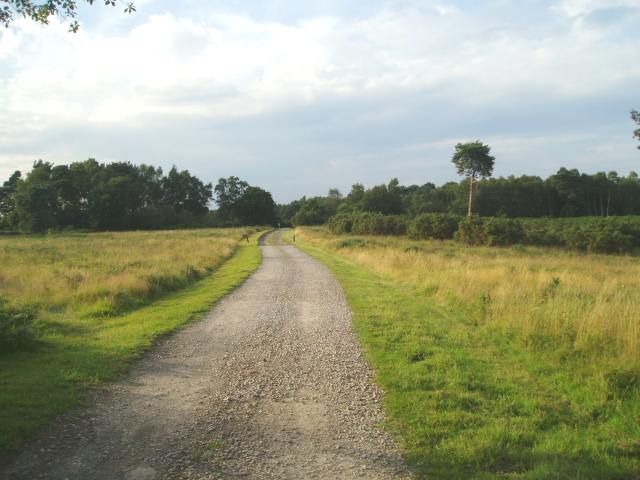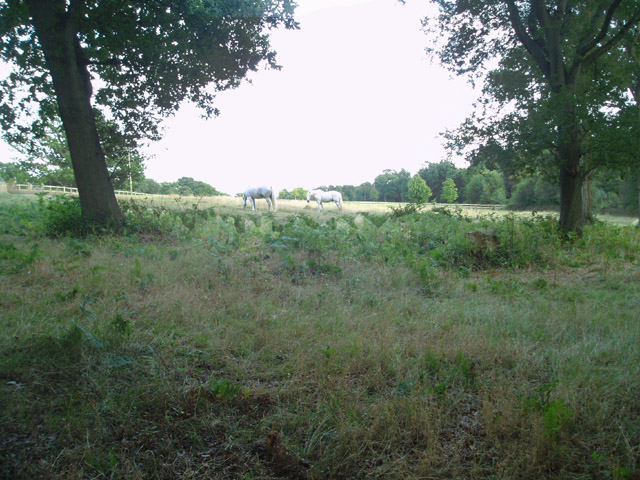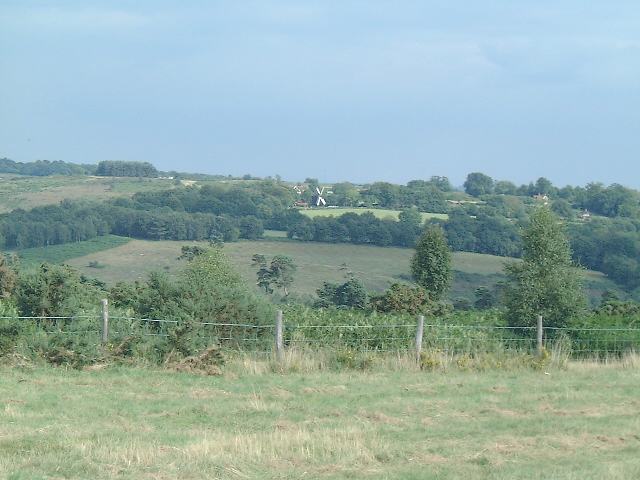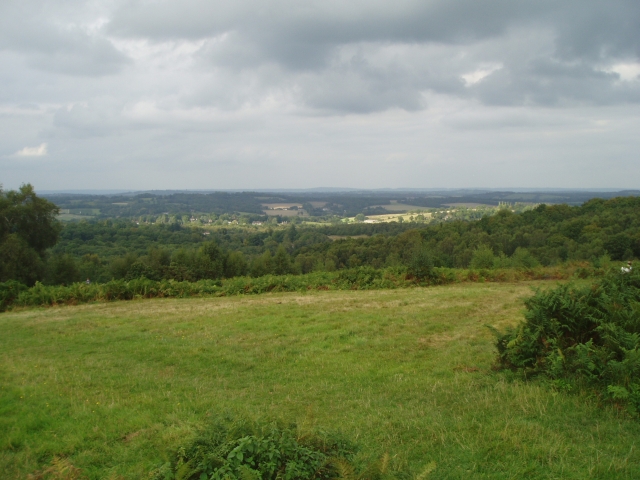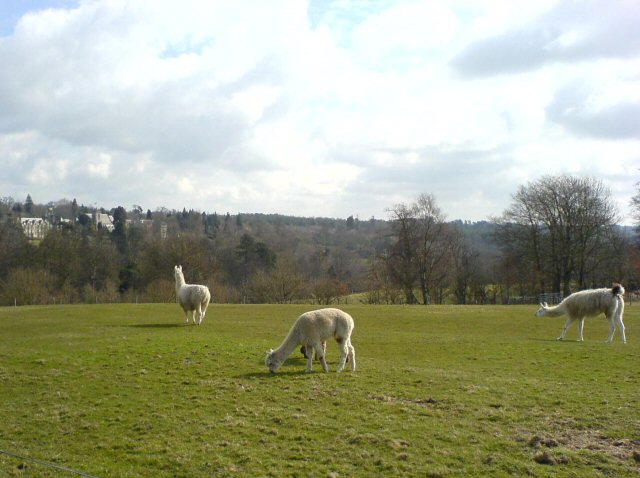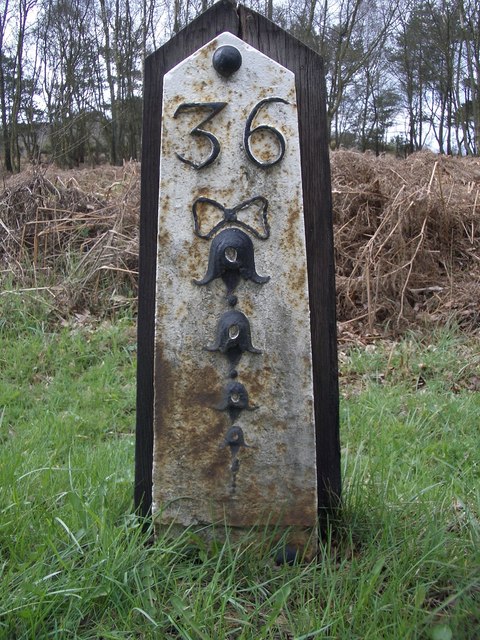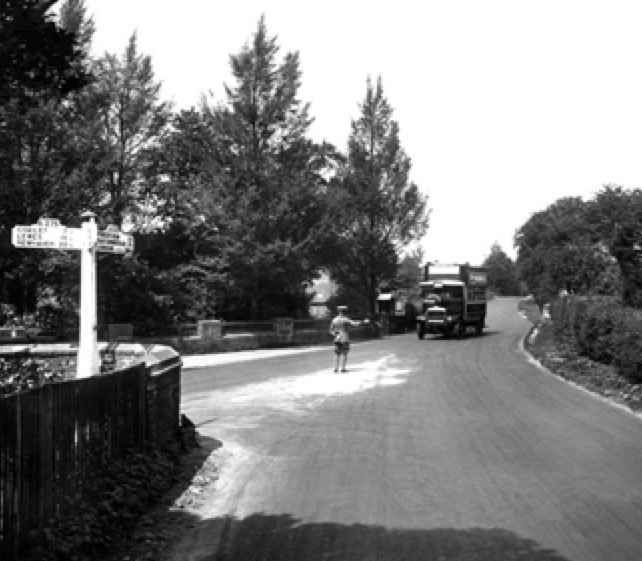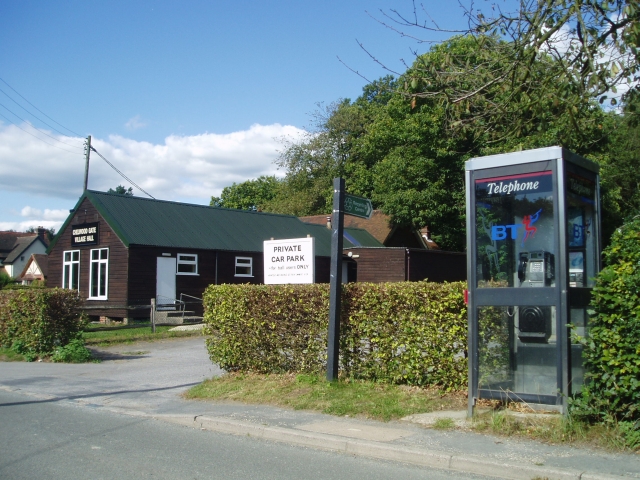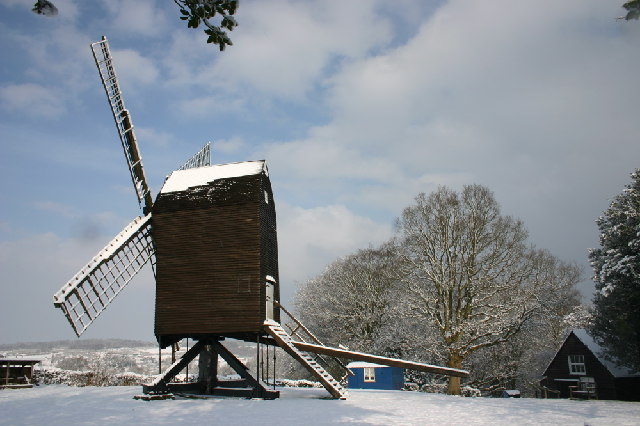Northbank Wood
Wood, Forest in Sussex Wealden
England
Northbank Wood

Northbank Wood is a picturesque forest located in the county of Sussex, England. Covering an area of approximately 100 acres, it is nestled on the southern bank of the River Adur, hence its name. The wood is a designated Site of Special Scientific Interest (SSSI), owing to its diverse and unique ecosystem.
The woodland consists primarily of deciduous trees, including oak, beech, and birch, which create a lush and vibrant canopy during the spring and summer months. These trees provide a habitat for a wide range of wildlife, such as deer, badgers, and various bird species, making Northbank Wood a haven for nature enthusiasts and birdwatchers alike.
Walking through the forest, visitors can explore a network of well-maintained trails that meander through the wood, offering stunning views of the surrounding countryside. The paths are suitable for both leisurely strolls and more challenging hikes, accommodating visitors of all ages and abilities.
In addition to its natural beauty, Northbank Wood also boasts a rich cultural history. The remains of ancient earthworks, believed to date back to the Iron Age, can be found within the woodland. These archaeological features provide a fascinating glimpse into the region's past and offer visitors a chance to delve into the area's historical significance.
Access to Northbank Wood is free, and there are designated parking areas available nearby. The wood is open to the public year-round, allowing visitors to experience its beauty in every season. Whether you are seeking tranquility, wildlife spotting, or a recreational outing, Northbank Wood offers a delightful escape into nature's embrace.
If you have any feedback on the listing, please let us know in the comments section below.
Northbank Wood Images
Images are sourced within 2km of 51.066219/0.048657248 or Grid Reference TQ4331. Thanks to Geograph Open Source API. All images are credited.

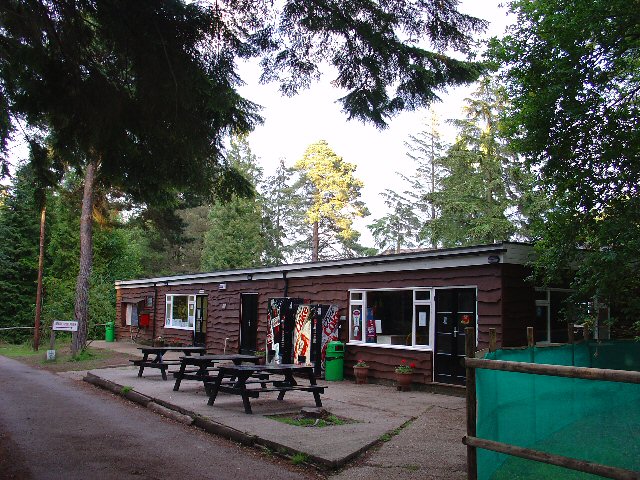
Northbank Wood is located at Grid Ref: TQ4331 (Lat: 51.066219, Lng: 0.048657248)
Administrative County: East Sussex
District: Wealden
Police Authority: Sussex
What 3 Words
///jumps.unspoiled.outlawing. Near Forest Row, East Sussex
Nearby Locations
Related Wikis
Landscape of Ashdown Forest
Ashdown Forest, a former royal hunting forest situated some 30 miles south-east of London, is a large area of lowland heathland whose ecological importance...
Ashdown Forest
Ashdown Forest is an ancient area of open heathland occupying the highest sandy ridge-top of the High Weald Area of Outstanding Natural Beauty. It is situated...
Byline Festival
The Byline Festival is a festival whose aim is to promote independent journalism and free speech. The festival was founded by Stephen Colegrave and Peter...
Wych Cross
Wych Cross is a location in Ashdown Forest, in the Wealden district of East Sussex. It lies on the sandstone forest ridge of the High Weald on the principal...
Chelwood Gate
Chelwood Gate is a small village within the civil parish of Danehill in the Wealden district of East Sussex, England. Its nearest town is Uckfield, which...
Old Lodge
Old Lodge is a 103.1-hectare (255-acre) Local Nature Reserve west of Crowborough in East Sussex. It is privately owned. It is managed by Sussex Wildlife...
Birch Grove
Birch Grove, Horsted Keynes, West Sussex, England is a country house dating from 1926. It was the family home of the British prime minister Harold Macmillan...
Nutley Windmill
Nutley Windmill is a grade II* listed open trestle post mill at Nutley, East Sussex, England which has been restored to working order. == History == Nutley...
Have you been to Northbank Wood?
Leave your review of Northbank Wood below (or comments, questions and feedback).
